

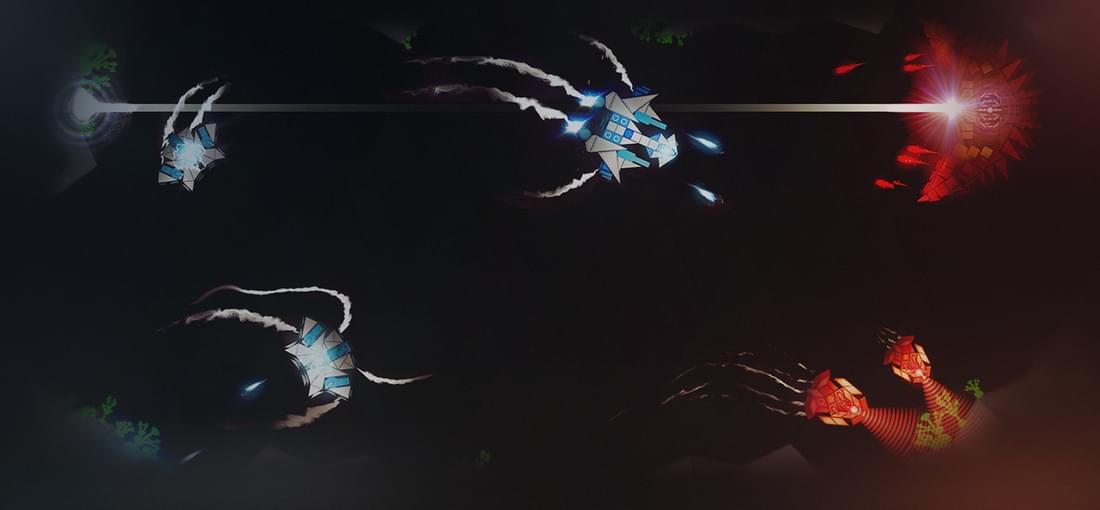
Stylized visuals, ship building and sandbox drew me into Reassembly. The game offers multiple factions. Each built very distinct structures and starships, yet the gameplay feels oddly similar between factions. You grind resources. You use resources to construct ships or turn them into credits. With credits you can unlock new ship modules or increase ship capacity. At any instance you can modify your ship. The new (or damaged) parts grow in matter of seconds and are directly ready to use. The game features well programmed physics. You can stick engines to your ship anywhere, and they work automatically. If you lose modules, you lose their ability. Losing engines that provide trust may lead to a wild spin due to unbalanced trust. There are downsides to the physics engine. If you ever watch a real spacecraft maneuver, you might notice that it continuously makes minor adjustments. Reassembly does not provide an auto-pilot assistant to stabilize movement making you feel like a cumbersome brick in space instead of an ace space pilot. While the palette of building blocks to create ships might seem extensive, the options are limited. There are mounted directional weapons. These are hard to aim, since the physics also include force feedback that rotates your ship. There are 360 degree turret guns. These work well at short range, but getting close is dangerous. The last weapon choice is missiles, in particularly guided missiles. These have very long range, hardly ever miss and very few ships have enough point defense systems to handle many at once. You can easily wipe out fleets before they close in. Missiles are overpowered. The sandbox is fine, but I think Reassembly misses content. Compared to Spaz it falls short in storytelling and ship modules. If I compare it to Starfarer it lacks world building, trade, complex combat tactics and RPG elements.
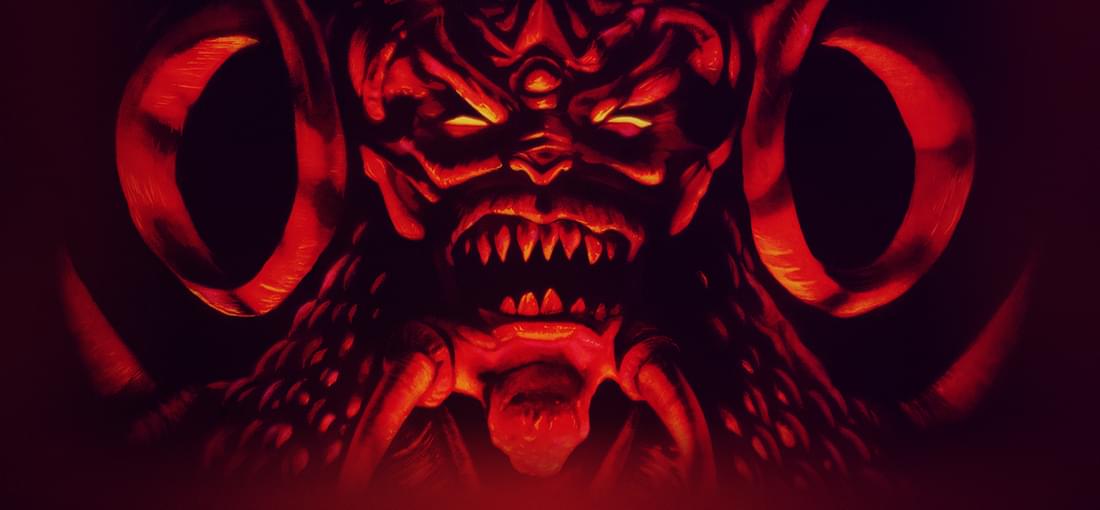
Diablo 1 ... the good old days. Back in the days I was a high school kid that played the demo (1 big level) hundred times, was over the top hyped for the full release, and was standing with the box in my shaking hand. It was my first and only pre-ordered game ever. You have to remember that in those days people were excited over Commander Keen (just YouTube it). After getting home and boot the game, I went down the stairs to the second level in matter of minutes, and completed the merely 16 levels in a single day. I was hoping for more, I didn't get more. Maybe you can remember the release trailer of Diablo 3? A 15 min long story with an endless wave of creatures climbing walls, mercenaries that get squashed, and an interesting boss battle ripping the head off a hero. All gone upon release... generic halls filled with generic monsters. Fun, yes! But not as involving, not as captive as it can be. Years later, I was still hungry and got my hands on the expansion, Hellfire, made by another company. It was broken. It had no (demon) soul. Don't buy it when it comes out! Last year, having nostalgic Diablo 1 feelings, I found a mod called Belzebub (google: diablo 1 mod). Normally, I like vanilla games and hate mods (betrayal of the theme/soul or something). However, Belzebub actually extends the game massively while retaining the devil's soul and it adds challenge. Do yourself a favor and try it! Trying to put my nostalgia aside and having so much choice of ARPGs, I think new people will put it down in matter of minutes. Maybe some will like the theme, give the controls some time to grow on you, and will have a great time (day for vanilla, weeks/months with Belzebub). You might even start to understand why 'us oldies' are complaining so much about today games.
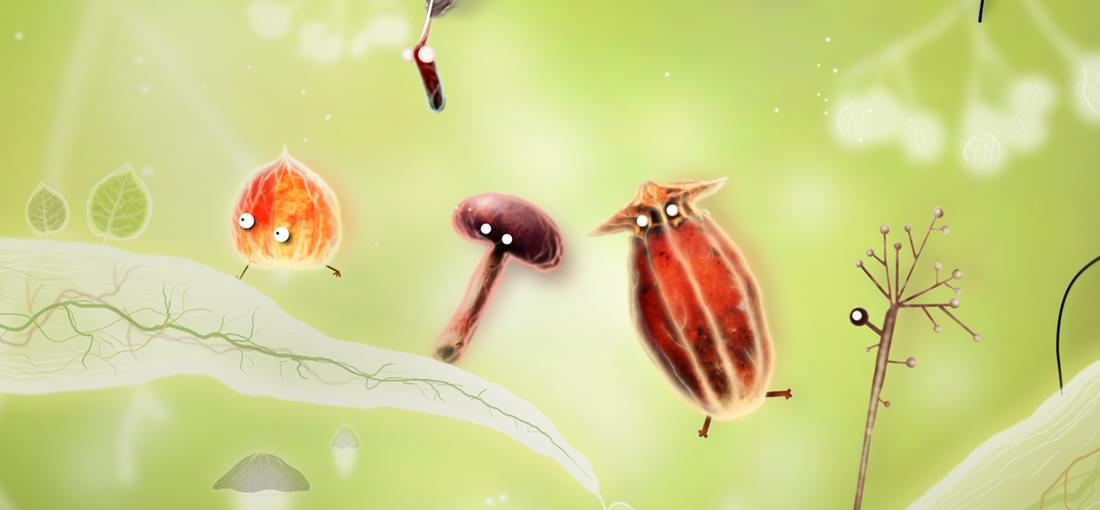
Botanicula is visually very pleasing. So much so, that you can almost call it romantic. The overall story is about a few seeds, a mushroom and a branch on a mission endangered by evil black spiders. The visuals add to the storytelling by bring you along various interesting places and organisms. The gameplay resolves around puzzles and finding a few items, and it isn’t good. You might say that the puzzles are all unique. You start with a few visual clues and see an imaginative egg surprise unfold thereafter. This is uniqueness in the wrong way. Often what really happens is that the unforeseen destroys any puzzle logic. There is no mechanic that the game teaches. It has no difficulty curve such as puzzles with increasing complex based on some game logic. It offers no challenge or puzzle satisfaction, except persistence to move towards the end. For example, in one puzzle the branch can grow to five times its size to cross a cavity. This “growth” cannot be used and isn’t repeated in any of the other puzzles. It feels cheap and cheated. Something like a bad b-movie about penguins that escape through the intervention of an alien artifact causing the penguin-eating polar bear to teleport to the Sahara desert. Or more true to Botanicula, you enter a hole in a tree and the game tells you that it wasn’t the solution by flying you back from the other side of the screen holding the legs of a gigantic insect. Imaginative: yes, game: no.
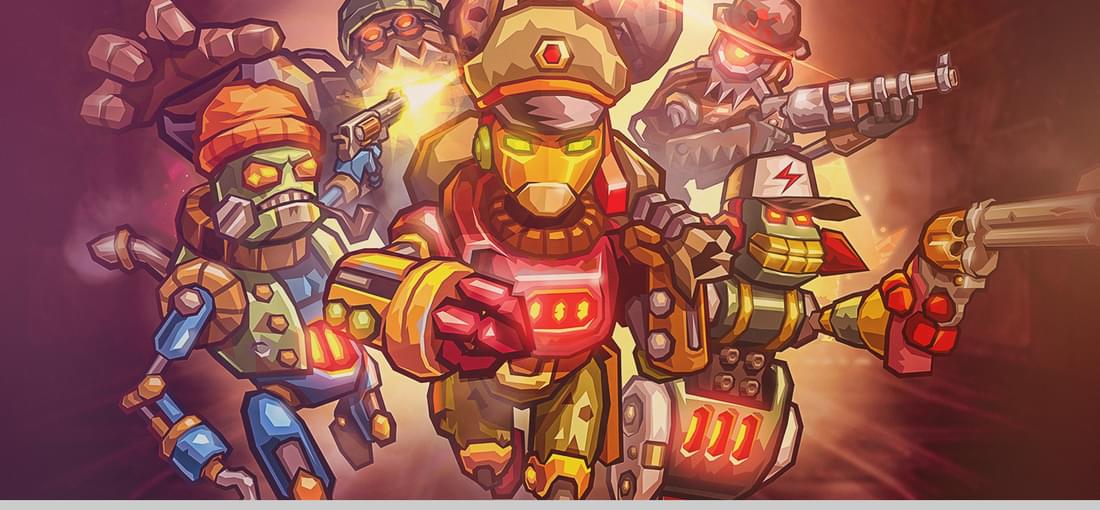
Tactics, robots, space, an average score of 4.7 out of 5, and available at a discounted… an instant buy for me! Now that I finished the game, I don’t regret buying or playing, but it was also not as memorable as the bountiful swag had promised. SWH has a lot of charm. The setting consists of broken up pieces of Earth inhabited by low-life bots, military bots, crazy bots and alien bots. The robots are diverse, colorful and silly. You can equip your bots with various weapons and items that you find or buy with swag. The penalty of losing a mission is half your swag. This is often not a problem as you want to buy new stuff all the time. However, when grinding for some of the most expensive gear (or hats?), it can mean the grind just got even longer. My biggest disappointment is with the tactical missions. A lot of explosions and trick shots are promised. What is not told is that it is static, simple and shallow, and probably more suited for a browser or smartphone. For example, sniper weapons (the only weapons that can pull off amazing trick shots), destructible cover (with tons of health), predictable AI, and late game charge weapons seems to suggest that SWH is meant to be the played at a slow pace with hardly any movement. Most missions, however, have timers which contradict a static gamestyle. I found maneuverable flanker bots much more dynamic and fun to play. Flankers do break the difficulty curve. The AI cannot react in interesting ways to fast targets, charge weapons are easy to beat and timers are almost irrelevant. Simple is not in every way bad. SWH is easy to get into, and it keeps you interested till the end by its accessible gameplay and charm: fish bots, girl bots with card dresses and for the sake of having nothing else to do, save the world… space of bots.
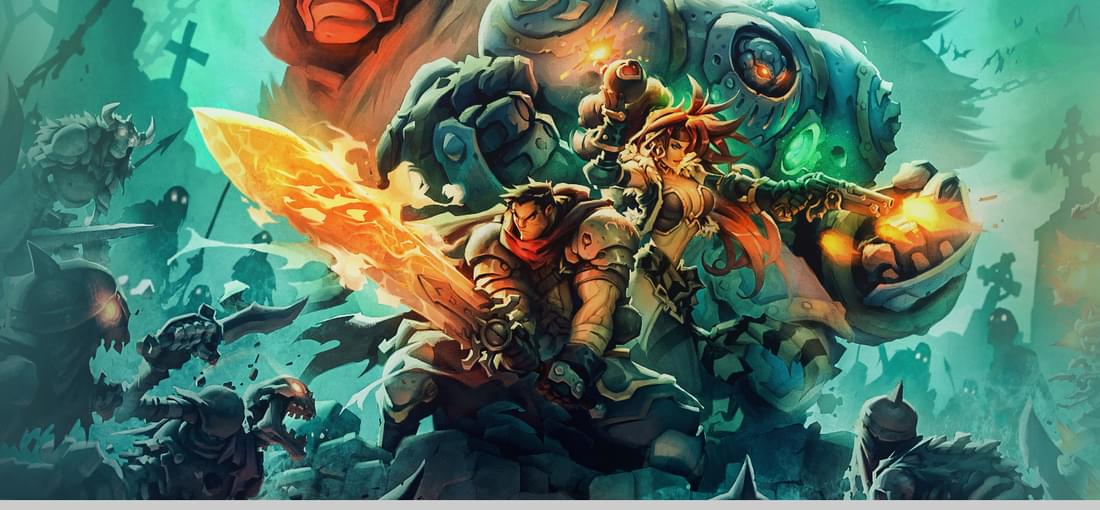
I do not fancy a small boy smashing up demons with boxing gloves. Neither do I like final fantasy or JRPGs. They tend to be eye-candy with linear, repetitive gameplay with exponentially growing numbers. BC:N is no exception (2 stars), but I think BC:N is well worth a buy (4 stars) in case you like these games. BC:N story walks you through a set number of dungeons, a new one (+ area) opens after completing the previous. Each dungeon offers higher level monsters and higher level gear to slay them. Grinding low level dungeons will not make you particularly stronger, and neither should you. I found myself well prepared for the next dungeon after completing one twice. You start with three (total of six) characters to play. BC:N is not a grind, but may feel like one. The dungeons and skill books (that you give to individual characters) mean that you will likely pick your three favorite characters and go through hundreds of similar gorgeous spectacle shows. A show, or battle, starts with an intro where enemies walk, fly, crawl into the screen. You then kill them in a single round, and wrap up with flashing pop-up screens showing an experience breakdown and scavenged goodies. The intro and wrap up reminds me of an awfully slow coffee machine at work. They give an authentic sense of something good, grow old and finally are frustratingly annoying. Some battles are different, or rather visually amazing. These harder battles take many turns, in which you build up a lot of power (anime style) to use over the top kill frenzies. Animations are very well done in BC:N. In particular in these long battles, seeing a death knight being dragged into the ground by other skeletons after defeat is worth going through the many mundane battles. They could have added more enemy types, instead of having green slimes, cave slimes, rotting slimes, cursed green slimes, blood slimes, ice slimes, mana slime, cadaverous mounds (also slimes), sludge mounds and a king slime.
The graphics and interfaces of AoW3 are modern. The gameplay is a throwback to the old Master of Magic in a positive and negative sense. AoW3 stands out in unit design. You select an empire race and a class. The game allows any combination, such as a dwarf arch druid, a high elf rogue or a halfling necromancer. Each combination grants you a list of unique units out of hundreds of possibilities. Even better, each unit has at least 10 skills and traits and gains experience. Unit experience increases its overall strength and may even grant more skills. Research in AoW3 is neatly put together. Sorcerers gain spells through research, while a warlord gains strong bonuses to units. The gains feel balanced, and every class has sufficient options to feel powerful. Only the late game spells/skills are a bit overpowered. I never liked how in many (old) 4x games you are forced to keep building city structures, thereby postpone building units. AoW3 tries to focus on units, but fails short by not allowing units to be build simultaneous with buildings. The random maps generator only has a few options. There is no limiting of research/building types for a low-tier campaign, nor to set undergrounds in random maps. The map is filled with repetitive monsters and sites, and no surprises. The AI is overall very weak and predictable. AoW3 applies old 4x methods of bonuses to set strong AIs. AI produces fixed group compositions and you will never be outmaneuvered by an AI. However, the worst is the repetitive (boring) setup in tactical battles. Armies oppose each other in straight lines at fixed distance. The defender moves first. It would be far more interesting to see more variety, e.g. attacker moves first, units closed into a melee. The extensive unit skill system would fit a more “daring” approach to the classic tactical setup. I hope Triumph Studios can (finally) fix these (old) 4x issues in their next game Planetfall, but keep the unit variety and customizable leaders.
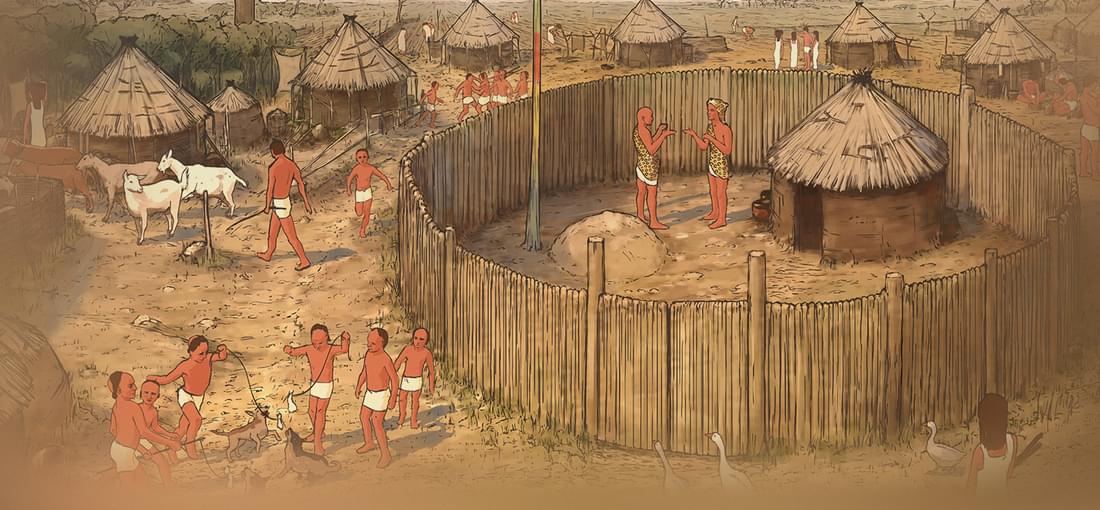
Pred. Egypt is a typical resource management browser game. The first time experience is interesting and atmospheric. You can feel and hear the desert sand blow in your face, and envision how it must have been as an Egyptian with a sickle cutting grain when some hippos enter your fields. Unfortunately, the experience of the first playthrough of roughly 3 hours, was the ONLY experience that the game has to offer. Events, research and buildings are fixed. The map is fixed, the resources on each map tile is fixed, and maybe the other tribes might differ in position, or name, but are otherwise the same in number and connected to events (like blocking trade). In addition, with only 10 turns left before the end of the campaign (the game tells you), I was totally unable to meet any main objective at the current pace. That was till the game threw ridiculous bonus every turn to pull off a bronze victory. With the knowledge of most profitable fields of the first game, I started a second campaign. It was almost painfully easy to get a gold victory. Not because I felt like a grand strategist, but I felt more like a generic clone of my previous incarnation.
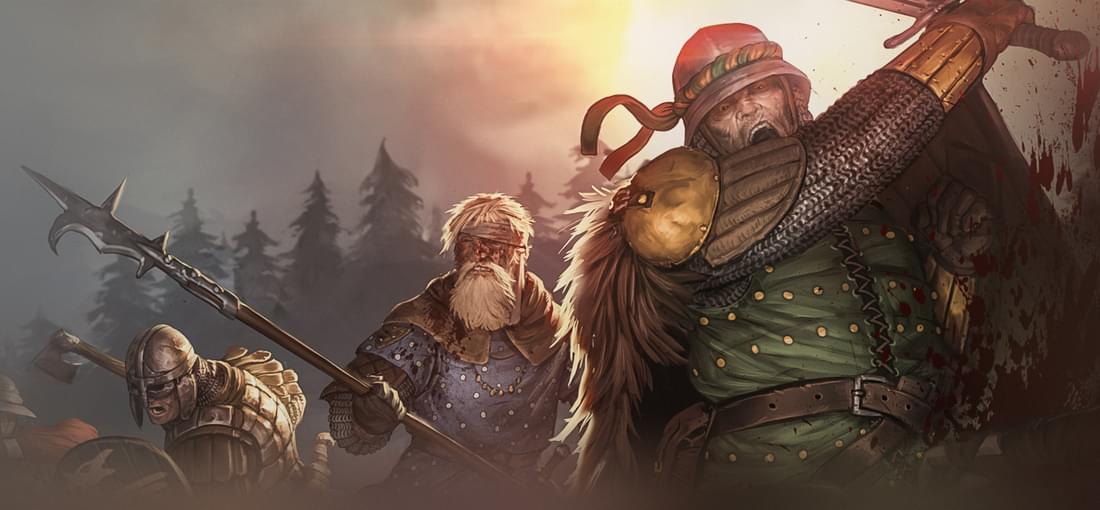
The message that the devs would no longer work on BB left many in wonder: How good BB might have become? While not an easy message, I think they made the right decision. The game was not on a path to become great. It was better to start over and work on a title where (hopefully) all elements work together. So why? The first demo of BB contained a few single battle scenarios. These were excellent with beautiful head-figures, tension, last man stands, general routs and meaningful weapon and armor choices. All was in the demo, before they made the campaign, a sandbox to create continuity between battles. Most problems of the campaign can be fixed with additional content and minor changes. Examples are meaningless walking in an empty world, text-based events with a mere yes/no option that can leave your best archer with one eye, and a tedious grind for gold. However, the biggest problem is that tactical battles simply don’t work with a campaign. An overconfidently picked 3-skull contract puts you in a fun and tense battle, and with many useless and dead men. It takes half a day (real world time) of 1-skull contracts and boring pushover battles to make up for some of the losses. The devs call this, in one of the tips: Losing is fun! The battle was fun, yes, but the recovery afterwards feels more like a campaign reset. The risk of some contracts is not worth it, is another tip. I’m running from fights that might be won, but likely at severe cost. Where is the fun in that? I hope that the devs stopped investing in BB for this reason, only. Focus on their next game to make it more than the sum of its parts. BB’s demo was a straight 4.5 out of 5 for me. Unfortunately, the campaign brings it down to a lousy 3 stars :(. Imaging how BB would be if, instead of a campaign, they made 100 very unique scenarios? Various setups, troop compositions, equipment layouts, battles focusing on mechanics such as morale, aiming for the head, shield walls, etc. That would have been great!
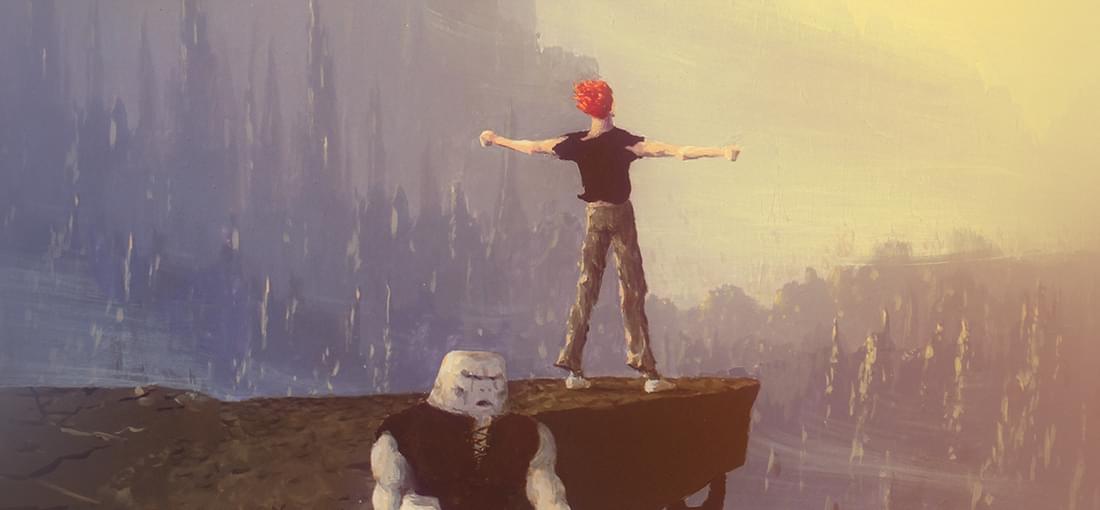
Another World is a puzzle platform game that you can complete in an evening sit. There is little gameplay, and lots of quick deaths + restarts. The strength of the game is in the story. From the onset to the very end, Another World breaths a surprising story of some strange world. You don’t understand, you don’t need to understand. It’s the experience that counts. Today, the story is less strong, due to rather dated gameplay that tells the story.
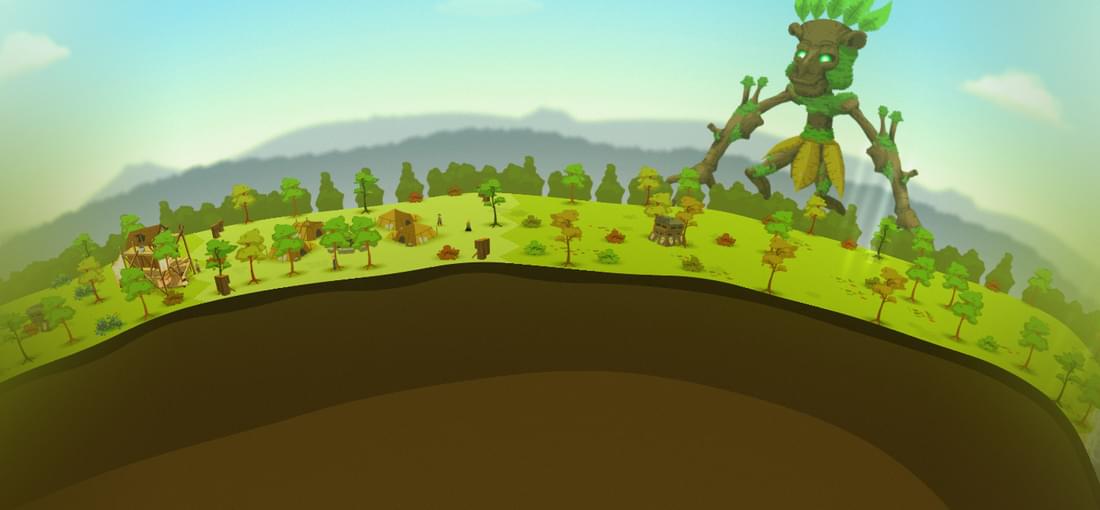
The premise of Reus is nice. You build a small world using a few incarnated earth avatars, or reuzen, or giants (in English). You indirectly influence the human population by given soil, plants, and animals life. As you progress the humans build civilizations and may become greedy. The simple element of fertilizing the soil and see things grow reminds me of a very old education simulator. You managed a mountain slope by growing crops by clearing forests. Cutting too many trees lead to flooding. It was a game intended to taught you about eco systems and the delicate balance between nature and civilization. I think that Reus started, similarly, as a school biology project. As the project grew, the devs realized that they could sell the game by adding achievements. This is where things went horribly wrong. Maybe too many students worked on the project? Feeling pride over game mechanics without asking if they all worked together? Who knows, but my experience with Reus is this: You run giants around the globe, waiting for (unnecessary) downtime of skills, in order to meet requirements set by demanding humans. If you satisfy them too much they will start killing their neighbors and/or your giants. The last is really annoying and doesn’t add anything except the need to destroy their settlements. You grind the game over and over again to gain achievements. Each unlocks a new plant, animal, or whatever. In each game you grind a little further, without consistency, such as unlocking a new fish with a desert achievement. The evolutionary “tech tree” is terrible. The game doesn't tell how to get tomatoes, what they will provide, what symbiosis they have and if they are needed for Papaya’s? There is an in-game link to a web-wiki, where you find complicated tech trees that don’t make sense. To top it off, evolution start by using giant aspects. Why does the ocean giant need desert marks (ambassadors) to improve its growth-aspect? A deliberately attempt to troll?